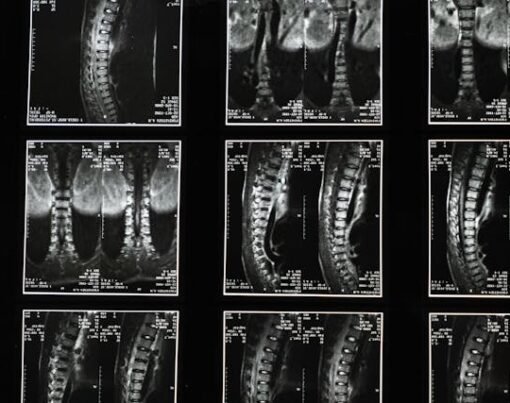Plastic surgery and reconstructive surgery are two types of procedures that can change the appearance and function of the human body. A qualified plastic surgeon can help clients interested in plastic and reconstructive surgery attain desired results. While some people may use both procedures interchangeably, both can have unique differences. Here are some main differences between plastic surgery and reconstructive surgery:
Table of Contents
Goals
Plastic surgery is a cosmetic procedure to improve the aesthetic appeal of different body parts. The procedure is often not medically necessary but can help patients feel more confident and attractive. Common plastic surgery procedures include breast augmentation, facelift, liposuction, and abdominoplasty.
Reconstructive surgery focuses on fixing defects or deformities that can affect normal bodily functions to improve health and quality of life. Patients undergoing reconstructive surgery can have defects from trauma, accidents like fires, medical conditions like cancer, or birth. Common reconstructive surgery procedures may include breast reconstruction, cleft lip and palate repair, and webbed finger correction. Unlike plastic surgery, reconstructive procedures can be deemed medically necessary to restore normal appearance and function.
The treatment goals for both procedures can sometimes overlap since plastic and reconstruction surgeries share many underlying principles. Plastic surgeons can focus on enhancing function while maximizing cosmetic results during the procedure. Before each procedure, they will plan and discuss anticipated results with the patient to help manage their expectations.
Cost
The cost of plastic surgery is usually not covered by health insurance, so patients may have to pay for it out of pocket. Plastic surgery can be expensive, often depending on the type and extent of the procedure. Patients may also incur additional costs, such as anesthesia, hospital fees, or follow-up care.
The cost of reconstructive surgery is usually covered by health insurance, so patients pay a small amount or nothing, depending on their policy requirements. Reconstructive surgery can be more affordable depending on the type and extent of the procedure. Many health insurance plans can also cover after-surgery costs for medical services like physical therapy, meaning patients incur fewer additional costs for follow-up care.
Risk
Plastic surgery and reconstructive surgery procedures can often have similar risks and health complications, including bleeding, infection, scarring, nerve damage, or bruising. The patient’s risk exposure can depend on their health condition and the type of surgery. Working with a qualified surgeon can help manage risks and reduce complications. They may opt for minimally invasive plastic surgery procedures, which can result in less pain and discomfort.
Plastic surgery may have additional risks including asymmetry, over- or under-correction, and unnatural appearance. Some plastic surgery results may also fade after several years, affecting patient satisfaction. Before the procedure, the plastic surgeon will discuss results to help achieve the ideal appearance while managing expectations and addressing potential risks.
Recovery
The recovery time for plastic surgery and reconstructive surgery may vary depending on the type and extent of the procedure or the patient’s health condition and healing ability. Plastic surgery recovery is usually short since it involves less tissue damage and manipulation. Patients may experience fewer postoperative complications like infection, bleeding, or wound healing problems. Depending on the procedure, they may resume regular activities in a few days or weeks.
Reconstructive surgery recovery can take longer than plastic surgery since it may involve more tissue damage and manipulation. The heightened risk of postoperative complications like infections or bleeding means patients may need several weeks or months to recover fully. Patients may also achieve satisfactory functional and aesthetic outcomes in stages after reconstructive surgery.
Patients undergoing plastic surgery may require more follow-up surgeries or revisions to achieve the desired cosmetic result. Reconstructive surgeries are often completed in a single session to avoid disturbing tissue and nerves further. Patients may need to avoid sun exposure or smoking during plastic surgery recovery to maintain the results. Reconstructive surgery patients may require physical therapy or rehabilitation to restore function and movement.
Hire a Qualified Plastic Surgeon
Reconstructive and plastic surgeries share some similarities, but the techniques are applied in different situations. While they may both have risks, hiring a qualified plastic surgeon can help mitigate possible complications. They can help patients remain comfortable throughout the procedure and recovery to achieve the desired results. Find a highly-skilled plastic surgeon to discuss potential treatment options today.










